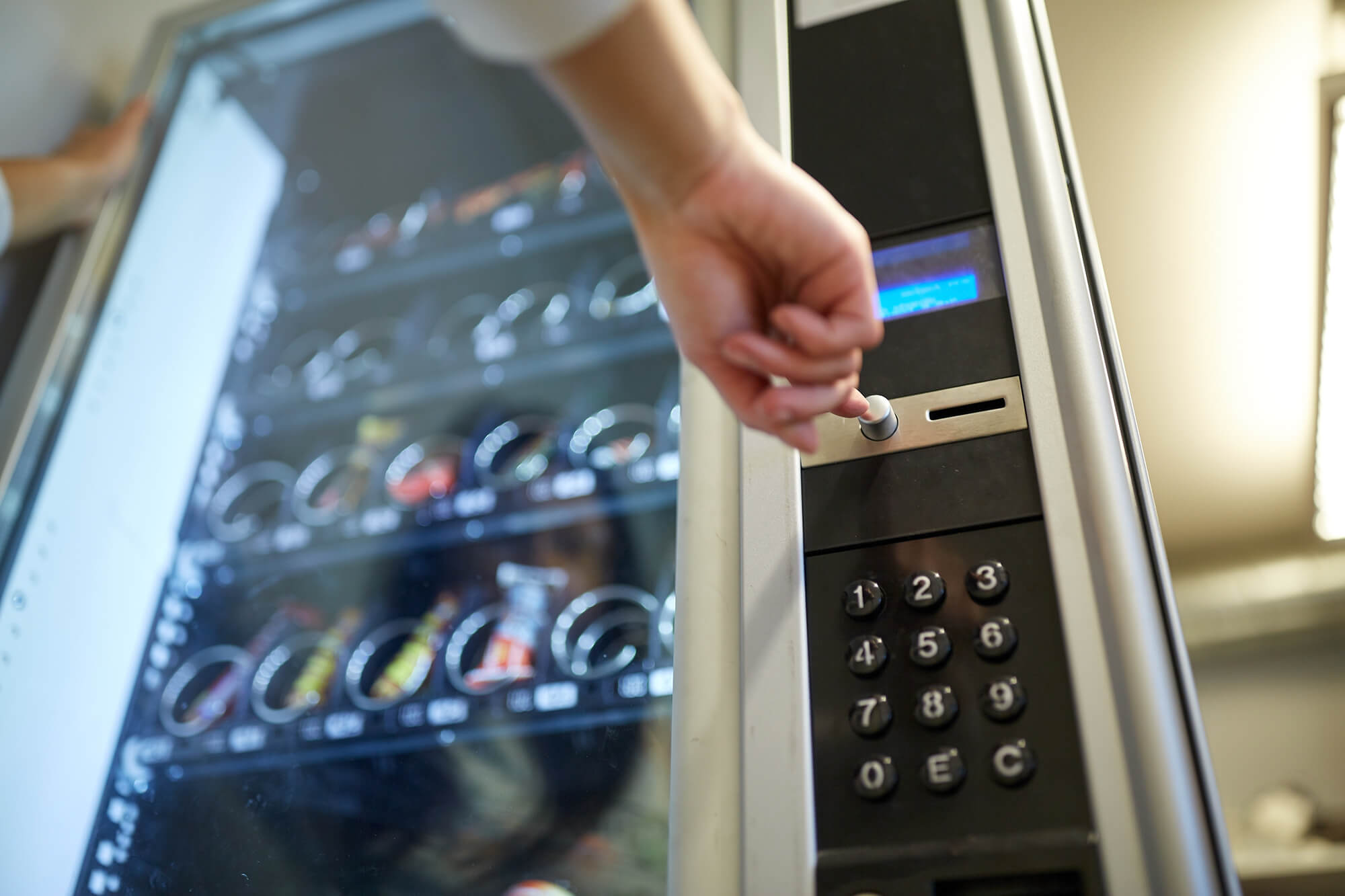
THE PRODUCT:
Refrigerated beverage vending machines include machines that have transparent, glass fronts and machines that have a closed, or opaque front. Some vending machines are “combination” machines, where the machine includes both a refrigerated section to cool and hold beverages and a non-refrigerated section to hold snack items, for example.
THE STANDARD:
The current standards for refrigerated beverage vending machines took effect in 2019. The standards cut energy use by 5-55% compared to the previous standard. In 2023, DOE proposed amended standards for beverage vending machines that would reduce energy consumption by 30-45%, depending on the equipment type.
*The maximum energy use is expressed as the maximum daily energy consumption (kWh/day).
KEY FACTS:
The efficiency of refrigerated beverage vending machines can be improved by employing technologies such as higher-efficiency compressors and fan motors and improved heat exchangers and insulation. In addition, the test procedure credits energy-saving control strategies, including lighting controls and refrigeration system controls. Lighting controls automatically dim or turn off the lights illuminating the beverages and any signage during periods when a building is closed or there is low customer traffic, while refrigeration system controls allow the temperature of the beverages in the machine to rise a few degrees during periods of extended inactivity.



